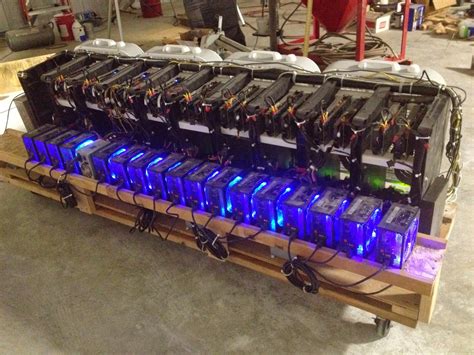The Mystery of Ethereum Mining Pools and Their Confirmations: Unpacking the Reason Behind Higher Payouts
When it comes to cryptocurrency, particularly Bitcoin, Ethereum, and others, mining pools have become an essential component in securing networks. However, one often-overlooked aspect of these pools is why they require such a significant number of confirmations for a solved block before paying out miners. In this article, we will delve into the reasons behind the higher payouts offered by some mining pools compared to others.
The 120 Confirmations Rule
According to various sources, including online forums and community discussions, Ethereum’s network has a minimum block confirmation requirement of 120. This means that even after solving the block, the transaction must be verified by at least 120 nodes on the network before it can be considered legitimate. While this might seem like an arbitrary number, there are several factors contributing to its significance.
Network Security and Trust
The 120 confirmations rule is largely due to the importance of ensuring that transactions are secure and trustworthy within the Ethereum network. The consensus algorithm used by Ethereum, called Proof of Work (PoW), relies on a combination of computational power and security measures to prevent malicious actors from manipulating transactions. By requiring miners to solve blocks before they can be verified, the system ensures that only legitimate transactions are recorded in the blockchain.
Transaction Confirmation and Fees
Another factor contributing to the 120 confirmations rule is transaction confirmation. When miners solve a block, it contains multiple transactions, including those that require payment (i.e., “funding out” of the pool). The number of confirmations required ensures that each transaction has been verified by at least half of the total nodes on the network before being considered complete.
Why Lower Confirmations Mean Higher Payouts
As for why some mining pools offer payouts at 100 confirms or even less, it’s essential to understand that these offers are often based on different business models. Here are a few reasons:
- Network size and distribution: Larger networks with more nodes can process transactions faster than smaller ones. To compensate for this slower processing rate, lower confirmation rates may be acceptable.
- Transaction volume and frequency: If the network is experiencing high transaction volume or frequent activity, miners might not have enough time to verify each transaction before the block is solved. Lower confirmations could help manage demand.
- Pool efficiency and optimization

: Some mining pools aim to optimize their operations by minimizing downtime and maximizing resource utilization. Lower confirmations can help them achieve this goal.
In conclusion, the 120 confirmation rule is a complex aspect of Ethereum’s network, influenced by factors like security, trust, transaction confirmation, and business models. While some miners may accept lower confirmations for payouts, it’s essential to understand these nuances to navigate the mining pool landscape effectively.

